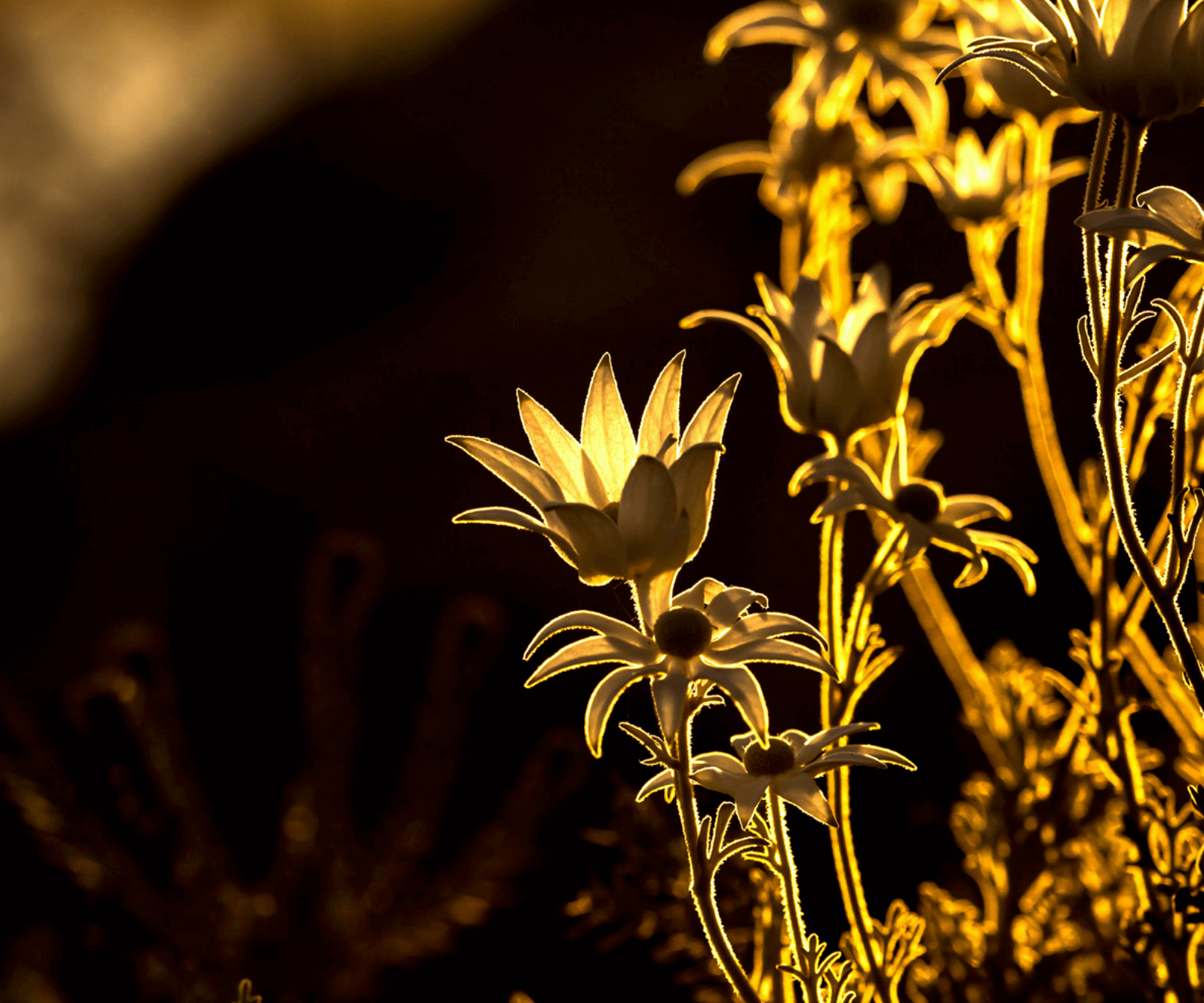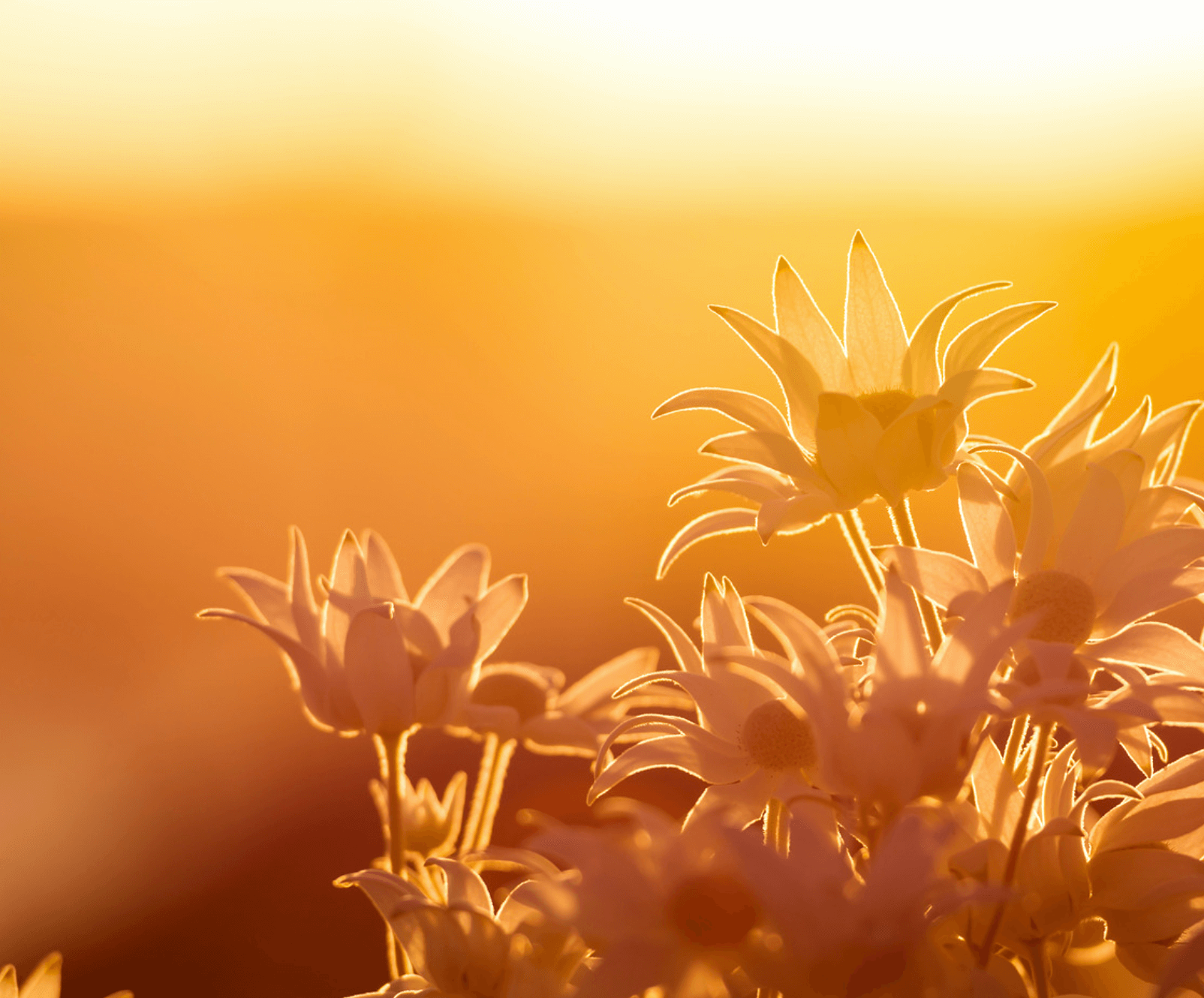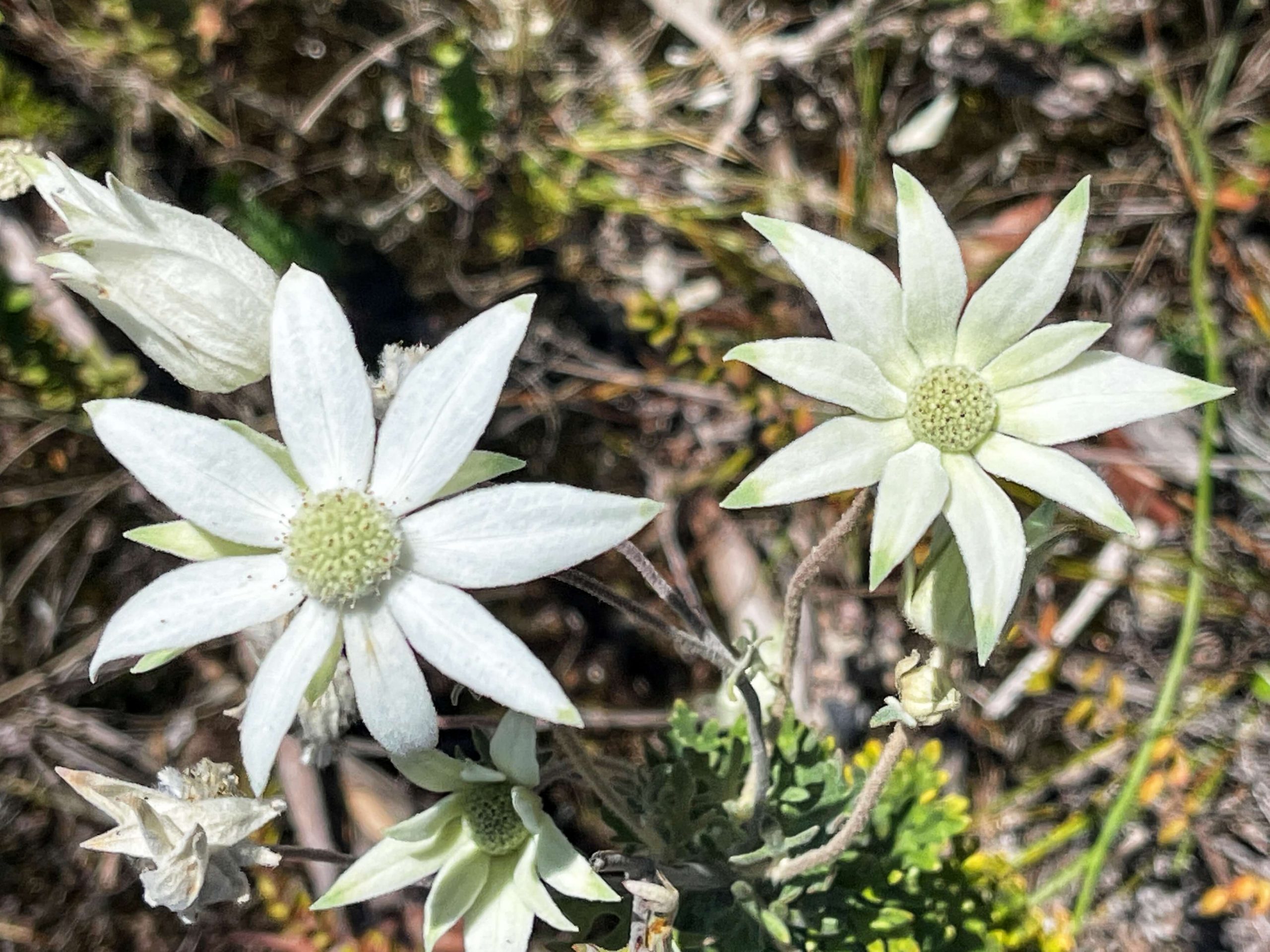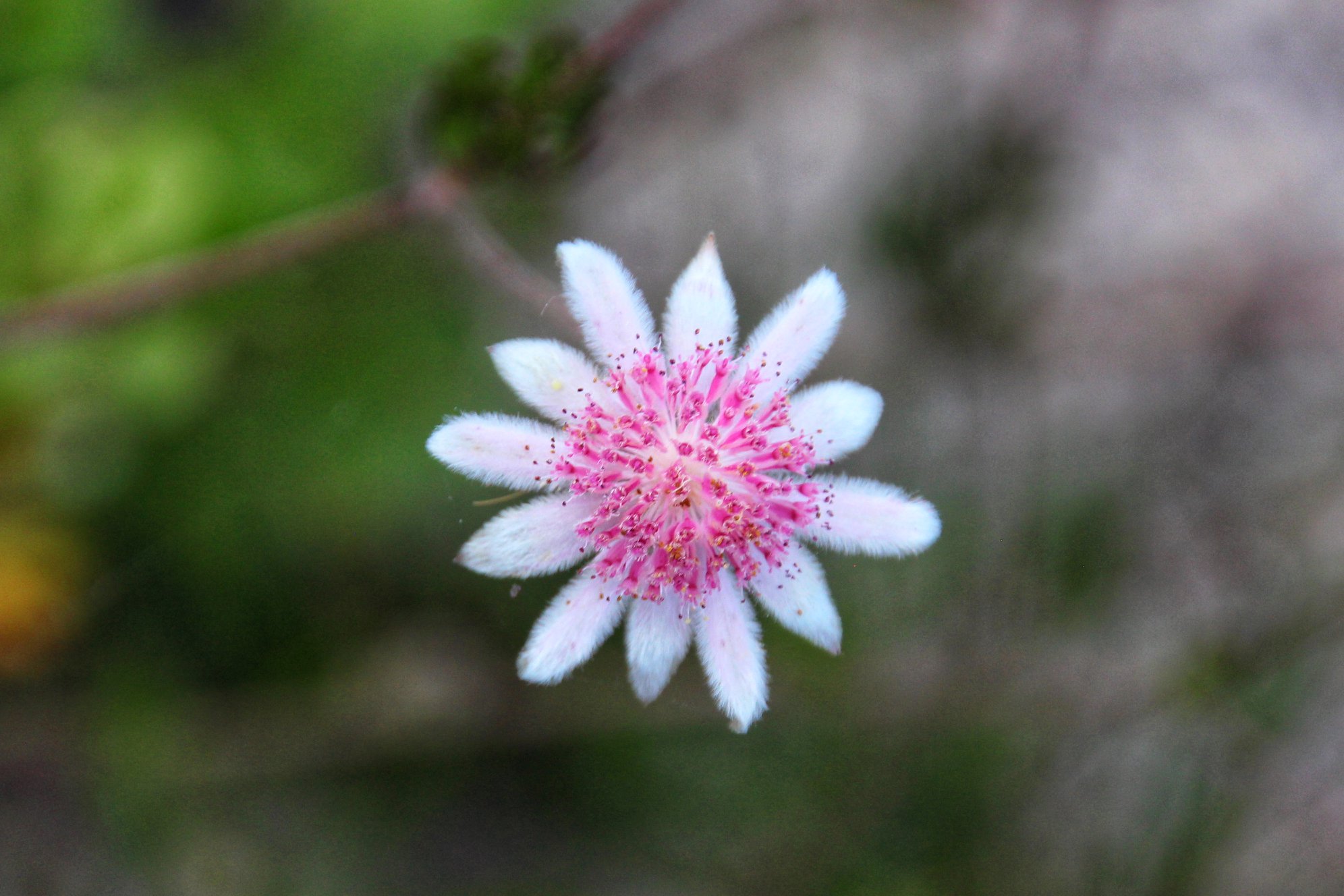Flannel flowers are so named because of the soft woolly feel of the plant. Growing throughout the Blue Mountains, south coast region, extending to Narrabri in the Central West and up to south-east Queensland, its white flowers can bloom all year long, with an extra burst of colour in the spring. Here are some facts you may not have known about flannel flowers.
What are flannel flowers?
Flannel flowers are a perennial herbaceous plant that is part of the Goodeniaceae family. Their name comes from their soft woolly feel when touched.
Where can you find them?
They grow naturally in rainforests, along creeks and on ridges. While flannel flowers will grow well in full sun, they can also handle a bit of shade. The good news is you don’t need to live in an area known for its tropical climate to enjoy these flowers.
Here is a Facebook post we did: https://www.facebook.com/AskRozBlueMountains/posts/4811403082236407
History of the Flannel Flower
Although flannel flowers were known to Indigenous Australians for thousands of years, European settlers only started taking note of them when they arrived in Australia in 1788.
Its scientific name comes from its original classification by Linnaeus as Woolflax, based on how soft and woolly it felt to touch. The flannel flower is so named because of the soft woolly feel of plant. So why does it have such a common name? A commonly told story is that soldiers during WWI picked some flannel flowers, placed them in their pockets along with a piece of old blanket or cloth (known as flannelette) and found that if kept together, their water soaked through to keep cool. There are also accounts of Aboriginal children playing with these beautiful plants by rolling dried pieces into balls which would then explode when thrown against trees!
One thing is clear – we love our flannel flowers! I hope you enjoyed reading about this lovely part of Australian culture.
The Mystery of Pink Flannel Flowers (now gone)
Pink Flannel Flowers (Actinotus forsythii) are only found in scattered parts of eastern Australia, from the Blue Mountains to north-eastern Victoria. One species with particularly elusive flowers and seeds is A. hakeifolius, with the latin name meaning half leafed and referring to its characteristic smoothness. It was formally described by botanist Donald McGillivray in 1980 after he had searched since 1978 without success to locate these flowers in the wild.
Pink Flannel Flower Basics
The Pink Flannel Flower is a member of Australia’s pink-flowered subfamily Dasypogonaceae and is most commonly known as Actinotus forsythii. The plant’s scientific name, which commemorates botanist Robert Brown (1773–1858), was published by Swiss botanist Augustin Pyramus de Candolle in 1828. Even though Pink Flannel Flowers are considered to be weeds in their natural habitat, they make beautiful garden specimens elsewhere. Most types are annuals and will do well from seeds sown directly into your soil once ground temperatures have risen above 60°F (16°C). You can also get seeds that have been sterilized through pressure or other processes that can dramatically cut down on germination time if you buy them online or at speciality nurseries.
Why are Pink Flannel Flowers Only Found In A Narrow Part Of Eastern Australia?
Pink flannel flowers (Actinotus forsythii) only occur in scattered parts of eastern Australia, from the Blue Mountains to north-eastern Victoria. The seeds can lay dormant for years on end, waiting for a special confluence of events forming the right conditions for their emergence. Two contributing factors that help plants like these are increased mineral availability and the frequency/intensity of fires. Exactly why Actinotus forsythii relies on such oddities is not well understood by scientists. If these changes don’t happen at just the right time, they can wait until another favourable growing season comes around… this is one reason why some species take longer than others to emerge as adults!
What’s Behind The Beautiful Colour Of Pink Flannel Flowers?
Most flannel flowers have white or yellow blossoms, but a rare and recent mutation in one Australian plant has resulted in pink flowers appearing across its range. The change is so unique that it even has its own name – Evans’s mutation. Now, researchers at Australian National University are trying to figure out why and how these plants changed colour. What they discovered may surprise you!
Habits Of Plants That Only Flower Once In A Lifetime: Many plants will only flower once in their lifetime; they take all their energy, store it up over years, and then put on a spectacular show before dying forever. Scientists call these life-history strategies, based on whether or not there is post-reproductive longevity for an organism after flowering.
MORE info on the Pink Flannel Flower: https://www.askroz.com.au/blog/pink-flannel-flowers
![]()








